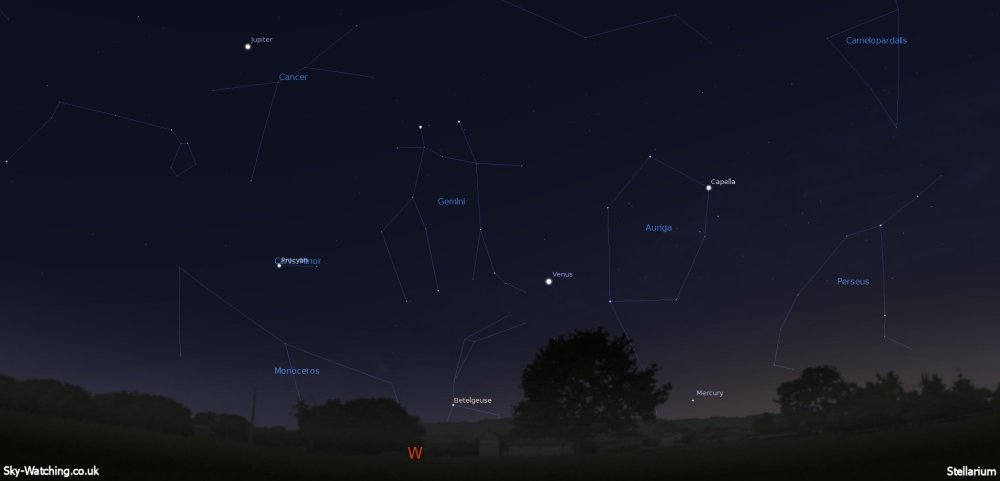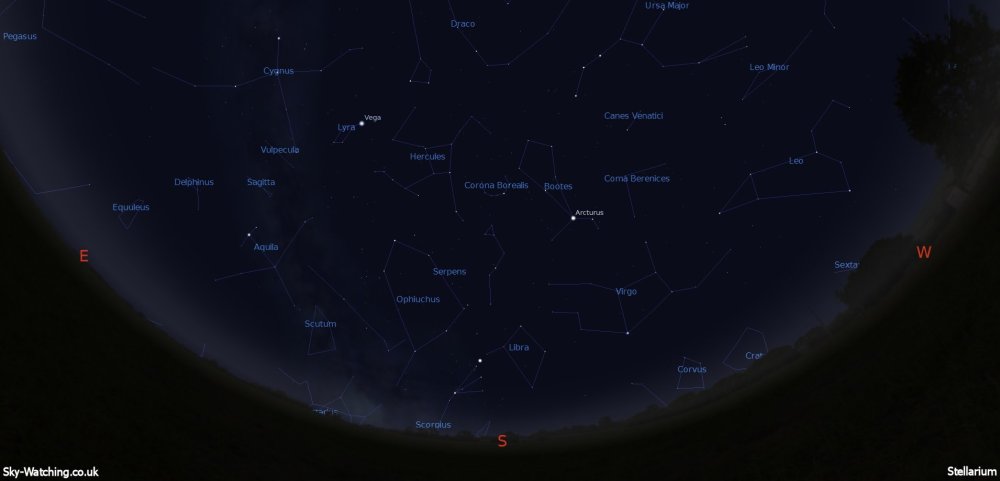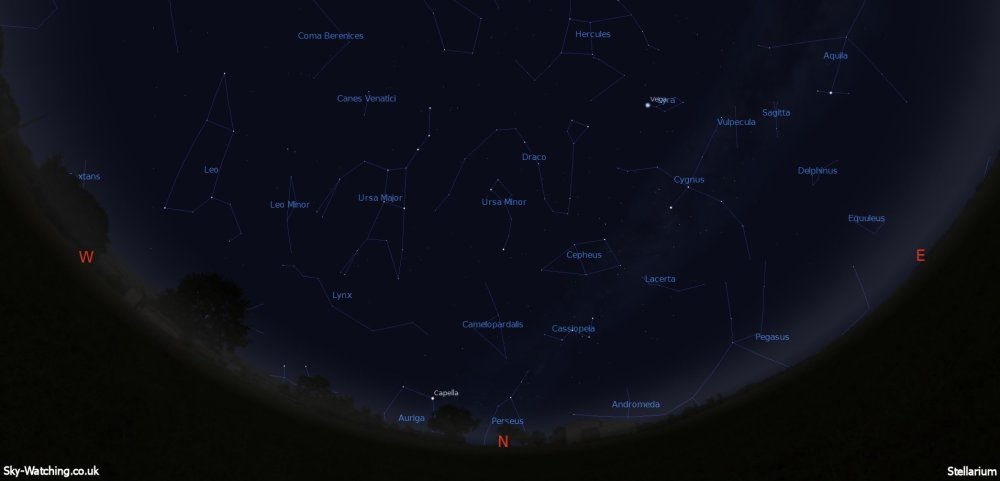by yaska77
I am so eager to dust off the scope and have another night out under the stars imaging away it’s starting to make me twitchy. The plan is to get some of the Sky-Watching founders (that makes us sound far grander than we could ever hope to be) together the first clear evening we’re all free.
As ever though work commitments (and life commitments in general) make this kind of get together a bit difficult to arrange…
But with plenty to see, and to stop our scopes and cameras feeling so terribly neglected, we will bring you some new images! If there’s anything you’d like us to try target please feel free to make your suggestions in the comments below.
Stay safe fellow stargazers, keep watching those skies…
Friday 1st May – If you have a flat western horizon the planet Mercury may be visible close by the Pleiades cluster soon after sunset this evening. Look towards the west around 20:00 UTC (21:00 BST) and see if you can spot them before they dip below the horizon an hour later
Monday 4th May – The Full Moon today is sometimes known as the Dragon Moon, Hare Moon or Grass Moon
Tuesday 5th May – This evening sees the peak of the annual Eta Aquarids meteor shower. The near full Moon will wash out all but the brightest of meteors however, but you may see a few if you persevere
Thursday 7th May – Mercury is at Greatest Eastern Elongation today, and forms a nice line with Venus and Jupiter as the skies darken
Venus is currently the brightest object in the night sky, and over the course of the month will move slowly towards Jupiter as it heads towards a fantastic conjunction with the gas giant at the end of next month (watch out on the 30th June!)

Monday 11th May – This morning our Moon will be seen at Last Quarter phase
Friday 15th May – Today the Moon is at Perigee (the closest point of its orbit to the Earth) at a distance of 366,025 km (227,437 miles)
Saturday 16th May – To help identify the constellations you can see throughout the month, below we’ve provided guide images for both southern and northern skies in May


Monday 18th May – Today the New Moon rises and sets with the Sun, so now is a good time to observe deep sky objects like galaxies and nebulae which can be difficult to spot when the Moon is lighting up the sky
Thursday 21st May – Tonight Venus and the waxing crescent Moon can be seen low down together to the west northwest around 22:00 UTC (23:00 BST)
Saturday 23rd May – Saturn appears at opposition in the constellation Libra this evening, and can be located fairly low down to the south around midnight
Sunday 24th May – Now is about the time of year to start looking for noctilucent clouds, which sometimes appear low down in the northwest (after sunset) and northeast (just before sunrise)

These clouds are in the upper atmosphere and are usually too faint to see, becoming visible only when illuminated by sunlight from below the horizon while the lower layers of the atmosphere are in the Earth’s shadow
Monday 25th May – This evening the Moon is at First Quarter phase
Tuesday 26th May – The Moon is at Apogee today at a distance of 404,245 km (251,186 miles), the furthest point its orbit will take it away from the Earth this month
Saturday 30th May – Inner planet Mercury is in Inferior Conjunction today
As usual, if you take any photos throughout May you’d like to show us, please tweet them to us using the link below! We’d love to see your efforts and we’ll re-tweet them to your fellow sky-watchers!
Planets visible this month:
Remember, it can take your eyes up to 20 minutes to become properly dark adapted, and anything up to an hour for a telescope to reach ambient temperature outside (to ensure the best image), so give yourself plenty of time to get set up!
To make it easier to find this list of astronomical happenings you can also locate it in the “Monthly Guide” section in the menu bar to the right. Handy! 🙂
Guide images created with Stellarium
Archive:
Astronomy Events – April 2015
Astronomy Events – March 2015
Astronomy Events – February 2015
Reblogged this on MissBlue Blog.gr.
LikeLike
Wow ,May is full of events 😀 Can some of these events seen with naked eye ?
LikeLike
Thanks for your comment! Most of these are visible to the naked eye 🙂
LikeLiked by 1 person
Thank you very much for replying 😀
LikeLike